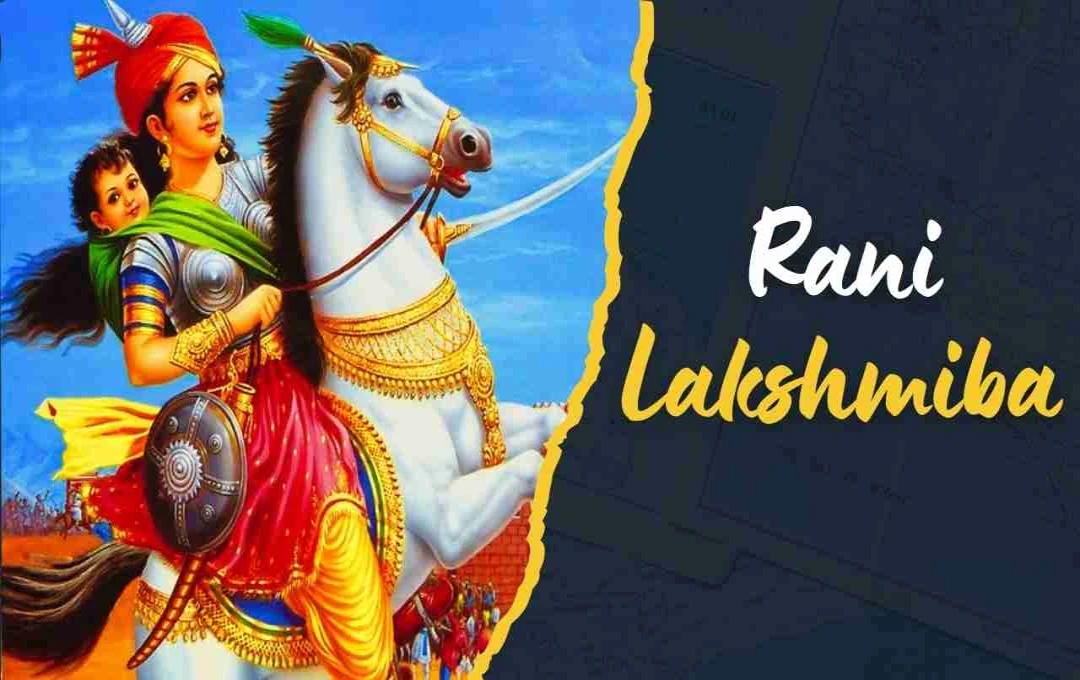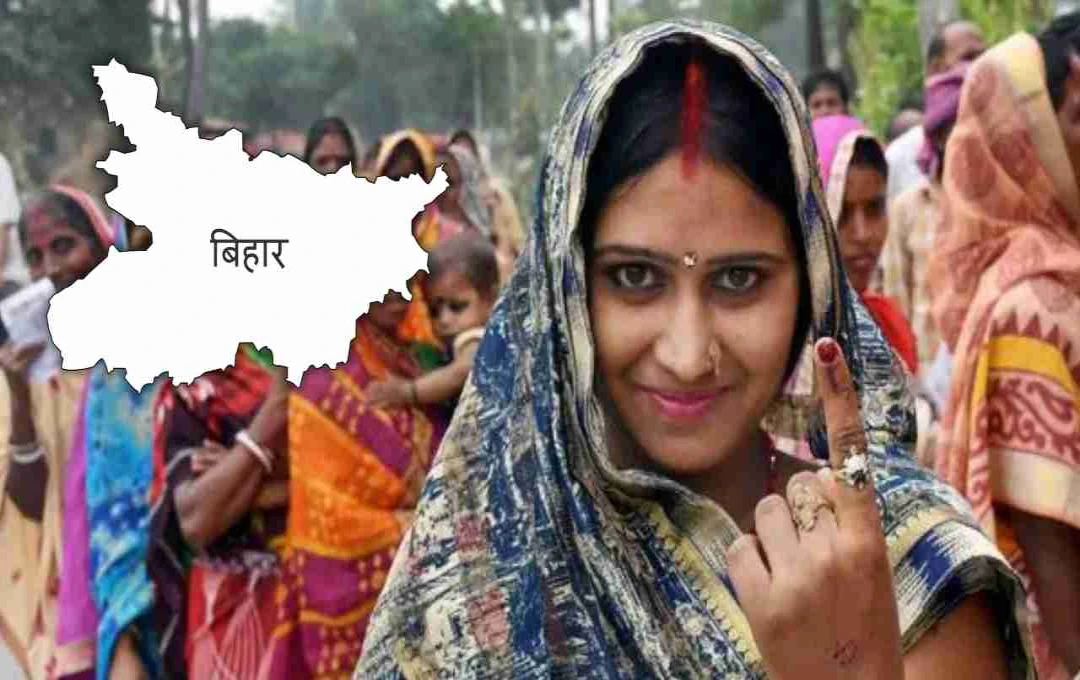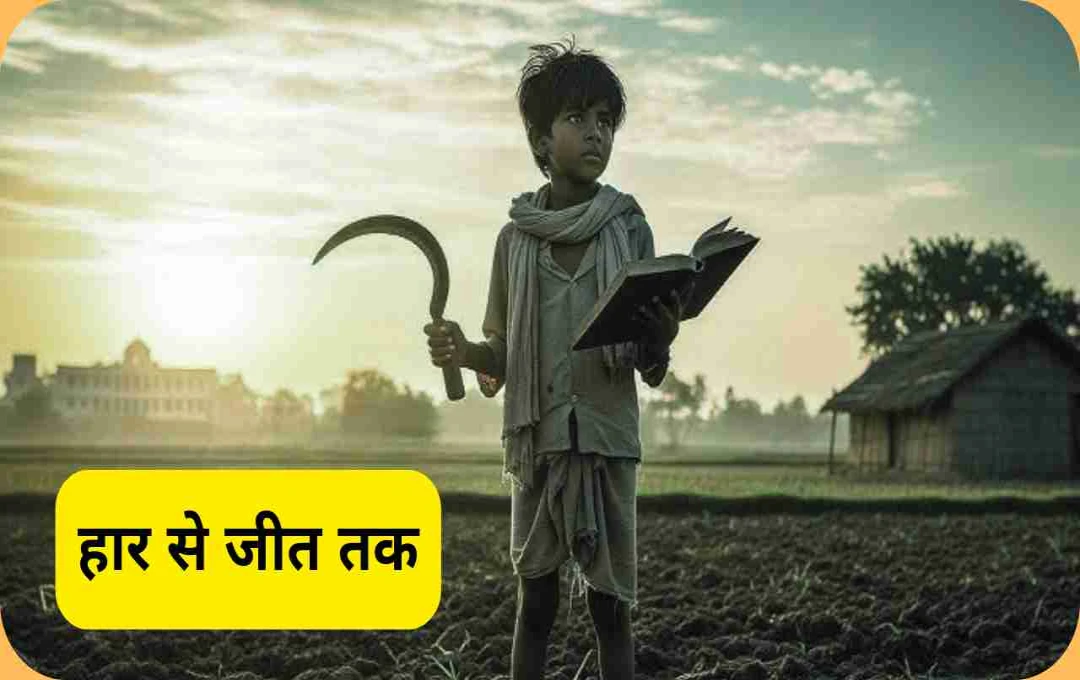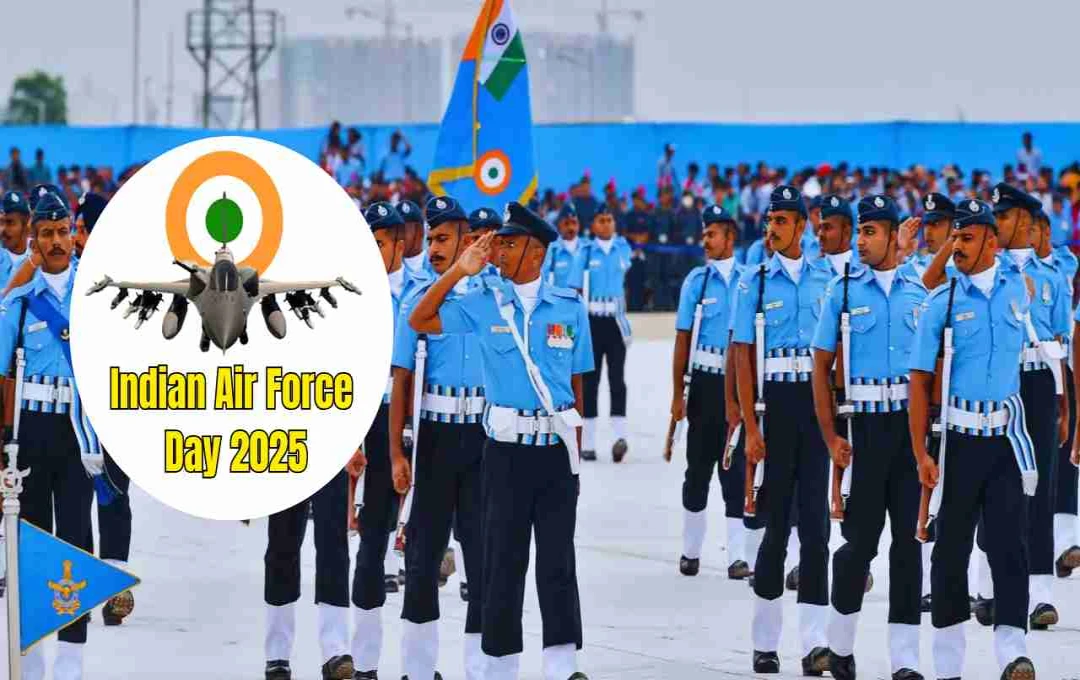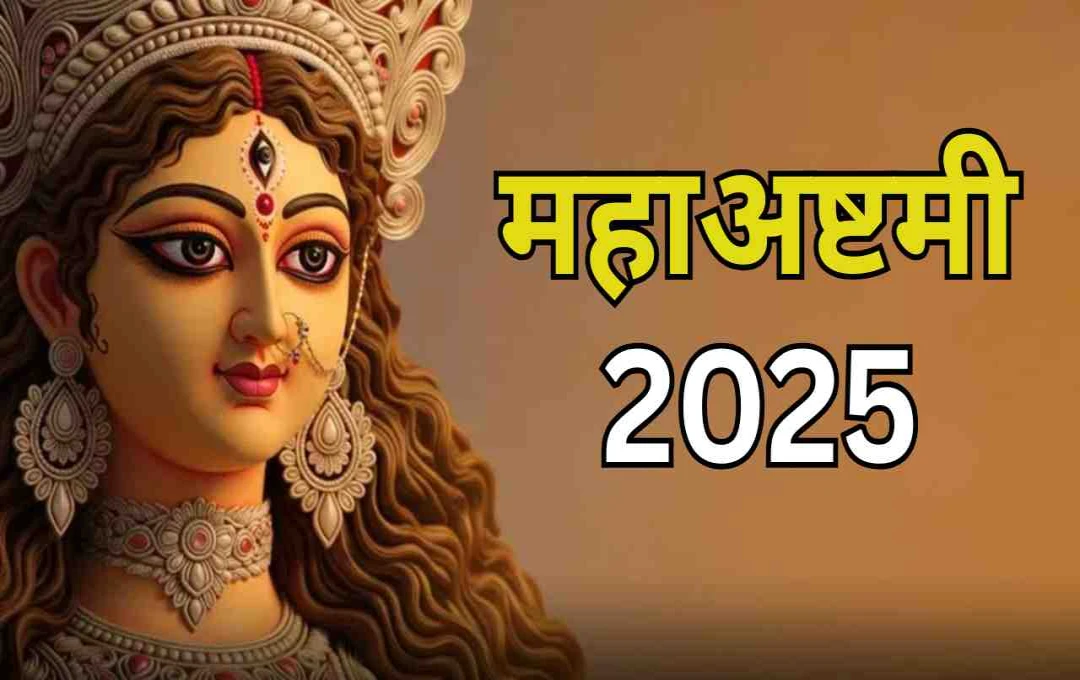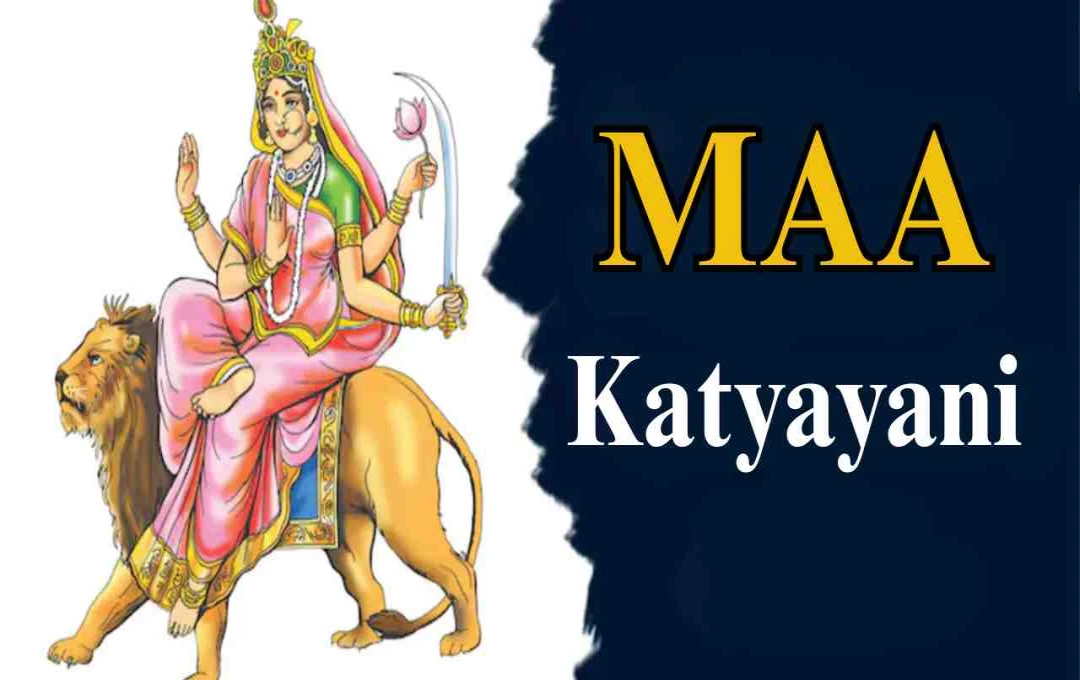Rani Lakshmibai was a valiant heroine and symbol of courage in the Indian freedom struggle. The Queen of Jhansi mounted a b resistance against the British East India Company and made a unique contribution to the Revolt of 1857 with her leadership and military skills. Her life presents an ideal of courage, fairness, and women's empowerment.
Rani Lakshmibai: In Indian history, Rani Lakshmibai's name is not limited to just a brave queen; she is an inspirational force of the freedom struggle and a symbol of courage. The Queen of Jhansi, born as Manikarnika Tambe, played a crucial role in the political and social landscape of the Indian subcontinent in the mid-19th century. Her life is a unique example of courage, patience, and leadership, which has always kept the spirit of Indian nationalism alive.
Early Life and Education
Manikarnika Tambe is believed to have been born sometime between 1827 and 1835. She was born in Varanasi to a Marathi family. Her father, Moropant Tambe, was a Brahmin who served the Maratha nobleman Chimaji. Her mother, Bhagirathi, passed away when Manikarnika was four years old, making her childhood full of hardships.
From childhood, Manikarnika was given education and training beyond traditional gender roles. Along with her studies, she also mastered horse riding, swordsmanship, and weaponry. This extraordinary skill was preparing her to become the Queen of Jhansi and play an active role in the freedom struggle in the future.
Marriage and the Journey to Becoming a Queen
Manikarnika was married to Raja Gangadhar Rao of Jhansi at a young age. After the marriage, she was named Lakshmibai. Gangadhar Rao had no children, so he adopted his young relative Damodar Rao and arranged for his succession. After Gangadhar Rao's death, the British East India Company refused to accept this succession and annexed Jhansi. This incident proved to be a turning point in Rani Lakshmibai's life.
Rani Lakshmibai took over the rule of Jhansi after her husband's death and not only protected her principality but also set an example of justice and security for the people. She firmly handled Jhansi, demonstrating her administrative and military skills.
Struggle Against the East India Company
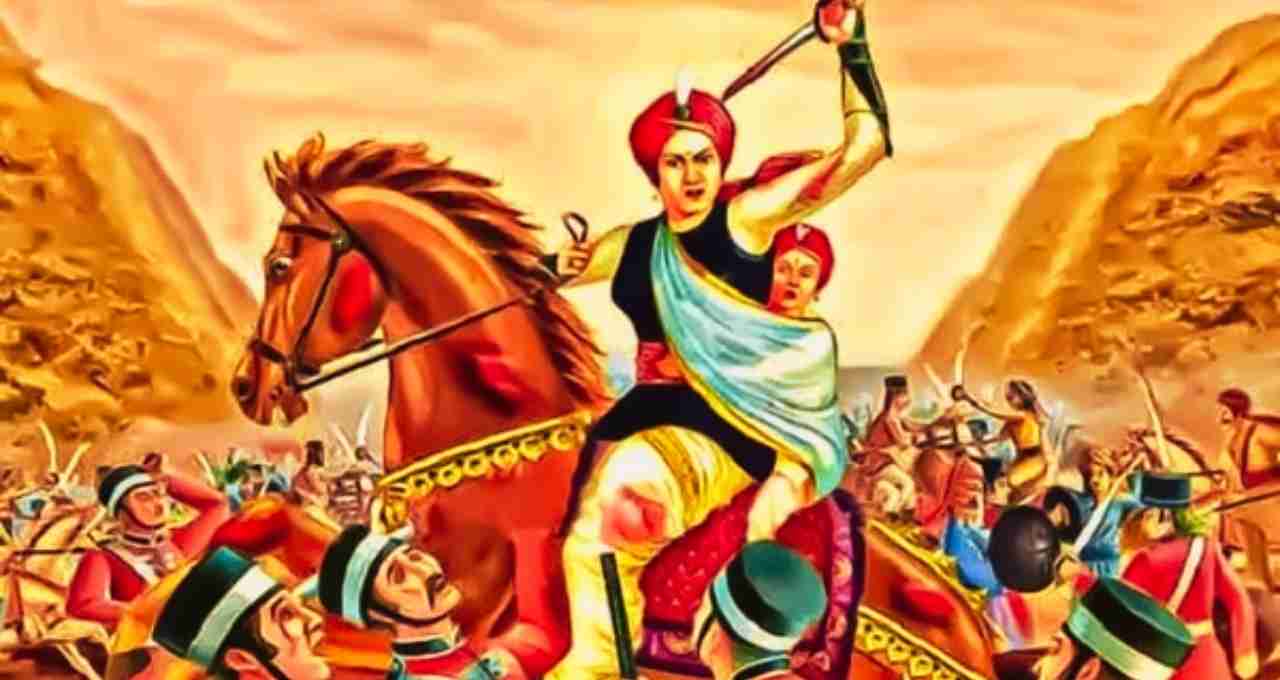
Rani Lakshmibai bly opposed British authoritarianism. She wrote to Governor-General Lord Dalhousie several times, urging him to recognize her adopted son Damodar Rao's right to the throne, but all efforts failed. British officials ignored her arguments and appeals and occupied Jhansi.
The Revolt of 1857, considered the first major phase of the Indian freedom struggle, was a decisive time in Rani Lakshmibai's life. The soldiers of Jhansi revolted against the British army, and in this struggle, the Rani demonstrated her bravery and leadership. Her courageous leadership protected Jhansi from British attacks for many months.
Battle of Jhansi and Valour
In March and April 1858, Major General Hugh Rose attacked Jhansi. Rani Lakshmibai defended the fort using her military skills and strategy. Despite the British occupation, she rode out of the fort on horseback and moved towards Kalpi and Gwalior with other rebel leaders. She made a final resistance in the Gwalior fort and was martyred during the battle.
Rani Lakshmibai's bravery was not limited to the boundaries of war. She also set an example through her administrative work, fairness, and efforts for the welfare of the people. The characteristic of her leadership was that she maintained courage and patience even in difficult circumstances.
Cultural and Literary Influence of Rani Lakshmibai
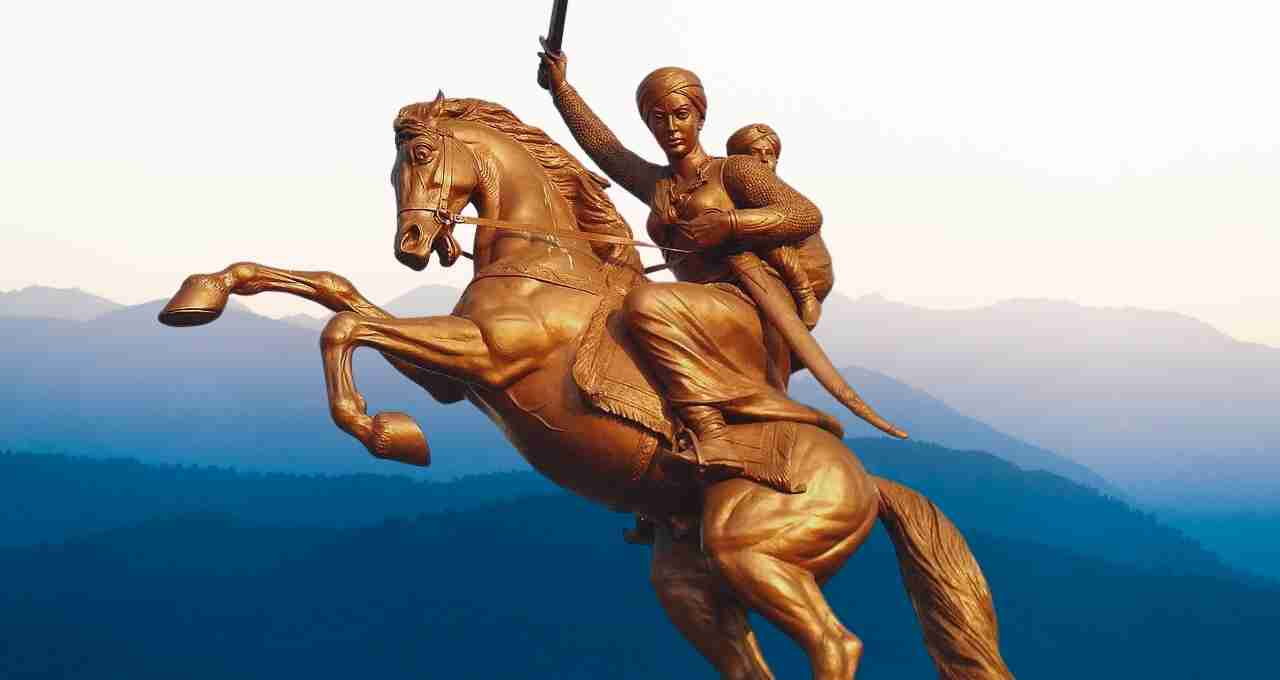
Rani Lakshmibai's life has always been alive in Indian literature, art, and culture. Her courage and bravery have been portrayed in many poems, novels, and films. The poem "Jhansi ki Rani," published in 1930, and Vrindavan Lal Verma's 1946 novel enriched the saga of her life.
Influenced by Hindu mythology, her story made her a symbol of nationalist movements. Her struggle and sacrifice infused new energy into the Indian independence movement. Even today, Rani Lakshmibai's name is considered a symbol of bravery, courage, and women's empowerment in Indian society.
Social and Political Vision
Rani Lakshmibai's life is not only a story of war and conflict but is also extremely important from a social and political perspective. She not only fought to protect her principality and people but also made improvements in administrative reforms and the justice system. Her leadership style proved that women also have the same courageous and administrative abilities as men.
Her story also teaches us that courage, leadership, and fairness can make a person great in any difficult situation. Rani Lakshmibai's life is a source of inspiration for the younger generation, who are not only capable of fighting for their rights but also believe in bringing positive change in society.
Her Contribution to Modern India
Rani Lakshmibai's bravery and sacrifice are still memorable in modern India. She is considered a major hero of the Indian freedom struggle, and her saga has inspired women to strive for equal rights and leadership in society. Her life demonstrates that anyone can achieve their goals by fighting with courage and patience despite difficulties.
Due to her bravery and sacrifice, the name of the Queen of Jhansi remains a symbol of respect and reverence not only in history but also in contemporary society and culture. Her actions gave a new direction to the Indian freedom struggle, and her saga is still alive in the hearts of every Indian.
Rani Lakshmibai's life is an inspiring example of courage, leadership, and women's empowerment. Her struggle and sacrifice are an invaluable contribution to the Indian freedom struggle. She was not only a brave warrior but also a fair and visionary leader. Her story still inspires the youth that great works can be done for society and the nation by fighting with courage and patience even in difficulties.
